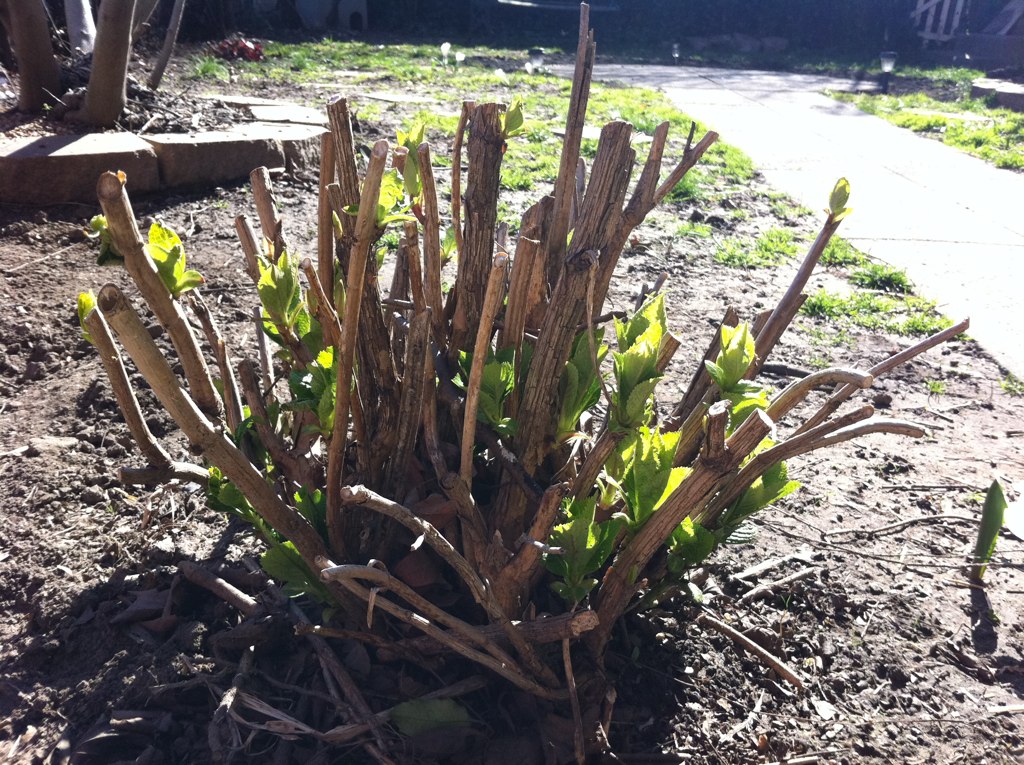
Hydrangea (/ha?'dre?nd?i?/;common labels hydrangea or hortensia) is a genus of 70-75 types of flowering crops indigenous to southern and eastern Asia (China, Japan, Korea, the Himalayas, and Indonesia) and the Americas. Definitely the greatest species diversity is in eastern Asia, china notably, Japan, and Korea. Most are shrubs 1 to 3 meters extra tall, but some are small trees, and more lianas reaching up to 30 m (98 feet) by climbing up trees and shrubs. They could be either deciduous or evergreen, though the extensively cultivated temperate types are deciduous.Having been introduced to the Azores, H. macrophylla is very common now, particularly on Faial, which is known as the "blue island" because of the vast number of hydrangeas present on the island.Life cycleHydrangea blooms are produced from early spring to late fall; they develop in flowerheads (corymbs or panicles) frequently at the ends of the stems.

Typically the flowerheads contain two types of blooms: small non-showy bouquets in the center or interior of the flowerhead, and large, showy flowers with large brilliant sepals (tepals). These showy blossoms are lengthened in a engagement ring often, or to the exterior of the small flowers. Plants in crazy populations routinely have few to nothing of the showy bouquets, while cultivated hydrangeas have been bred and determined to have more of the larger type blossoms.There are two flower arrangements in hydrangeas with Corymb style inflorescens, which include the commonly grown "bigleaf hydrangea"--Hydrangea macrophylla. Mophead blooms are large circular flowerheads resembling pom-poms or, as the name signifies, the brain of a mop. In contrast, lacecap flowers bear round, flat flowerheads with a center core of subdued, small bouquets surrounded by outer jewelry of bigger bouquets having showy tepals or sepals.
The blossoms of some rhododendrons and viburnums can look, initially, a lot like those of some hydrangeas.Dirt and colors acidityIn most species the blossoms are white, however in some types (notably H. macrophylla), can be blue, red, green, light purple, or dark crimson. In these varieties the color is affected by the occurrence of aluminium ions which are available or tied up depending upon the ground pH. For H. h and macrophylla. serrata cultivars, the flower color can be determined by the relative acidity of the soil: an acidic soil (pH below 7), will supply aluminum ions and typically produce flowers that are blue to purple, whereas an alkaline soil (pH above 7) will tie up aluminum ions and cause pink or red flowers.
This is the effect of a color change of the rose pigments in the occurrence of aluminium ions which can be adopted into hyperaccumulating plants.[6] Reducing the pH of potting soils or mixes usually does not change the blossom color to blue, because these soils have no aluminum ions. The ability to blue or green a hydrangea is inspired by the cultivar also. Some plants are selected for his or her ability to be blued, while some are bred and selected to be red, white or pink. The flower color of most other Hydrangea species is not afflicted by aluminum and can't be changed or shifted. Hydrangeas also have a nickname called 'Change Rose'.
How to Prune a Tree Hydrangea Part 3 LAND DESIGNS UNLIMITED LLC
Pruning Hydrangeas Growing and Pruning Plants, Bushes amp; Trees Pin
how to prune hydrangeas – Red Garden Clogs

Tidak ada komentar:
Posting Komentar